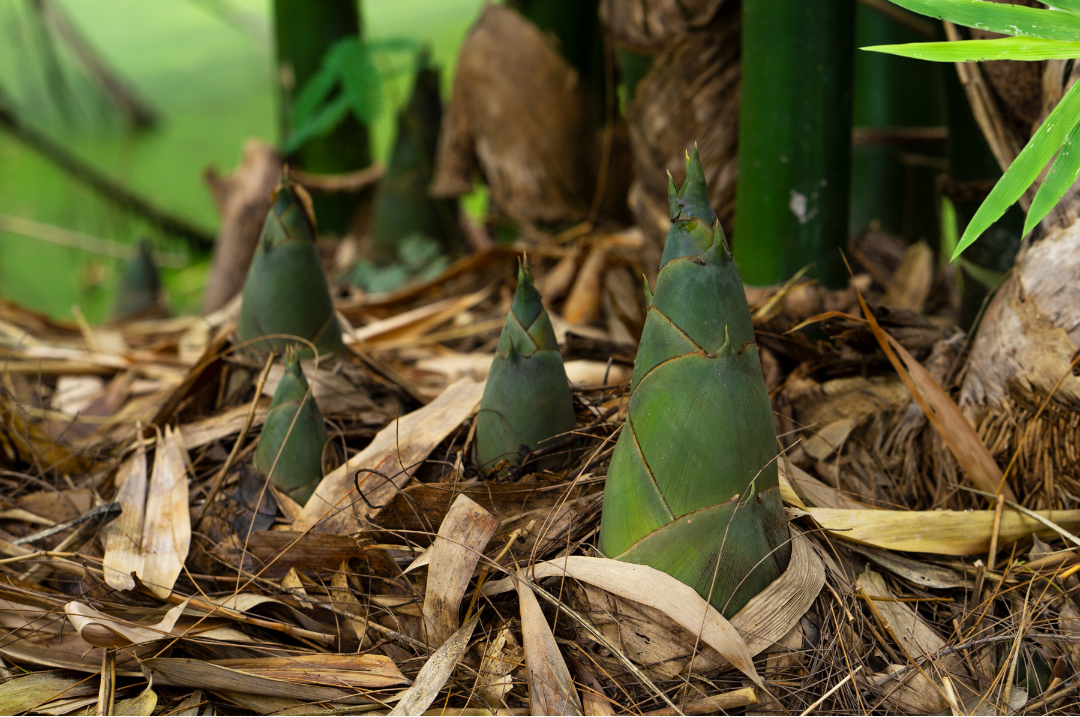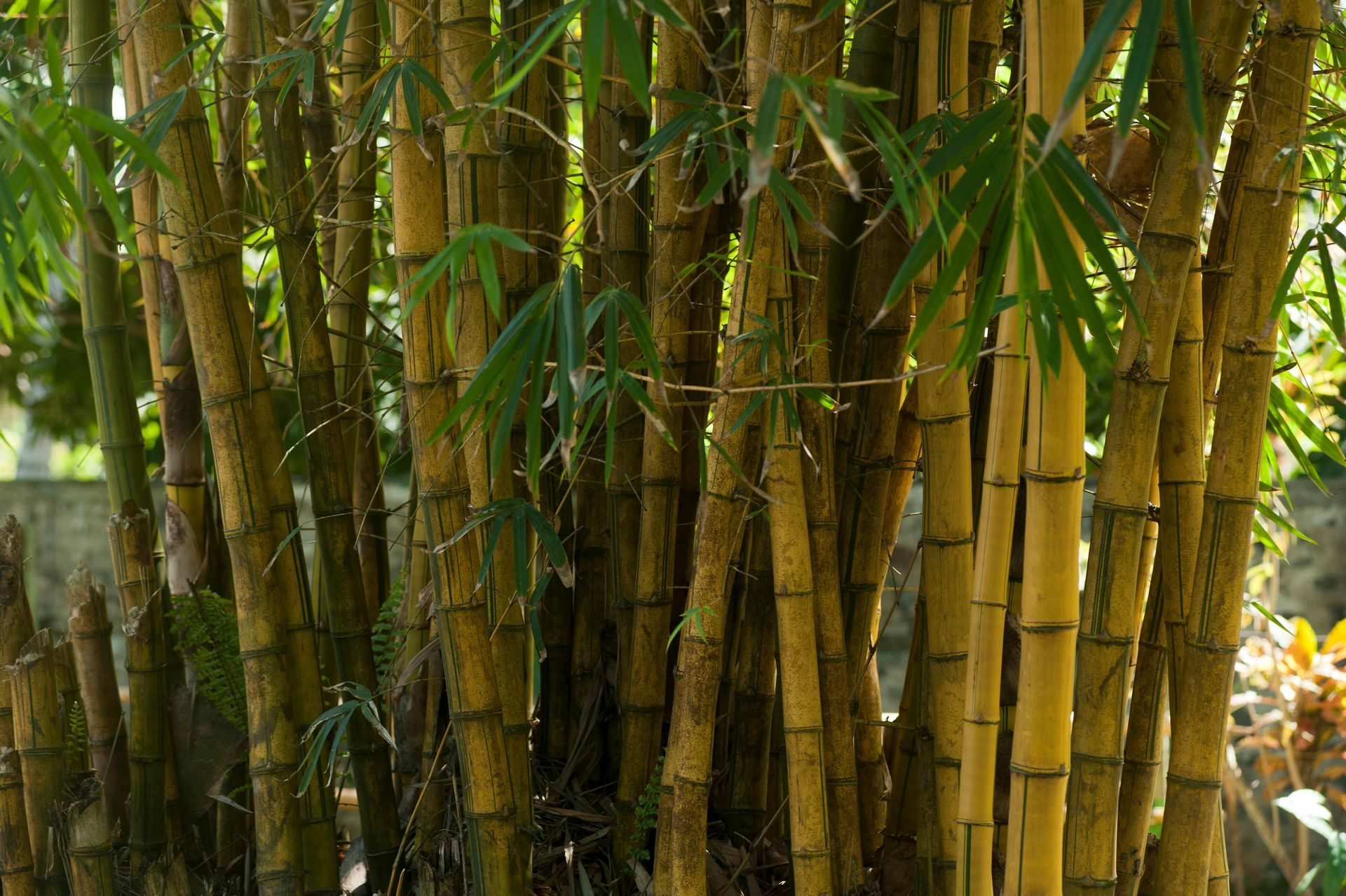How to Effectively Remove Bamboo from Your Property
Bamboo is a resilient and fast-growing plant that can quickly become invasive if left unchecked. While its aesthetic appeal and usefulness make it a popular landscaping choice, removing unwanted bamboo can be a challenging process. Successful bamboo remediation requires careful planning, proper identification, and persistent removal methods. This article outlines the best practices for bamboo eradication, including cost considerations, identification, removal techniques, and chemical treatment options.
Best Time for Bamboo Removal
Spring is the optimal season for bamboo removal. During this time, new shoots emerge, and the plant is at its most vulnerable. Removing bamboo in spring prevents it from storing additional energy in its rhizomes, making eradication more effective.
Cost of Bamboo Removal
The cost of bamboo removal varies depending on several factors, including:
- Height: Taller bamboo requires more labor and specialized equipment to cut down and dispose of properly.
- Density: A denser bamboo grove demands more time and effort to clear.
- Type: Running bamboo spreads aggressively through rhizomes, making removal more challenging and expensive compared to clumping bamboo.
Professional removal costs can range from a few hundred to several thousand dollars, depending on these factors and whether chemical treatments are necessary.
Identifying Bamboo
Before beginning removal, it's important to identify whether you are dealing with running bamboo or clumping bamboo:
- Running Bamboo (Phyllostachys species): This type spreads aggressively through underground rhizomes, forming large groves that can invade yards, sidewalks, and even foundations.
- Clumping Bamboo (Bambusa species): This variety grows in tight clusters and does not spread as aggressively. It is easier to manage and remove compared to running bamboo.

How to Remove Bamboo from Your Yard
Effective bamboo removal requires a multi-step approach to ensure that rhizomes do not regenerate. Here's what you'll need to be successful:
Tools You'll Need
- Gloves: Protect your hands from cuts and blisters.
- Axe or machete: Useful for chopping down thick bamboo stalks.
- Sprayer: For applying herbicide or vinegar solution.
- Shovel: Essential for digging up rhizomes and root systems.
- A lot of motivation! Bamboo removal is labor-intensive and requires persistence.
Now that you have your tools, it's time to get down and dirty:
1. Cut Stalks Down to Stumps
Using a saw or pruning shears, cut bamboo stalks as close to the ground as possible. This prevents further energy from being sent to the rhizomes. If the area is large, a brush cutter or chainsaw may be necessary for efficiency.
2. Dig Up the Rhizomes
After cutting the stalks, the most labor-intensive step is removing the rhizomes (underground stems). Use a shovel, mattock, or backhoe (for larger infestations) to dig up the root system. Be thorough, as even small remnants can sprout new growth.
3. Apply Chemical or Natural Treatments
To prevent regrowth, apply a herbicide or a natural solution:
- Glyphosate (Commercial Herbicide): Apply a concentrated glyphosate solution directly to freshly cut stumps and emerging shoots. Multiple applications may be necessary over several weeks.
- Vinegar Solution (Natural Alternative): Mix one part water with four parts white vinegar and apply it generously to the entire stump surface and exposed rhizomes. For better results, use undiluted vinegar (sparingly) and apply on a sunny day. Repeat applications are necessary as bamboo is highly resilient.

Ongoing Maintenance and Prevention
Even after initial removal, bamboo may attempt to regrow. Regular monitoring and follow-up treatments are crucial:
- Inspect the area monthly for new shoots.
- Remove any regrowth promptly by cutting and treating with herbicide or vinegar.
- Consider installing a bamboo barrier (a deep metal or plastic barrier at least 24 inches deep) around the perimeter to prevent future spreading.
Conclusion
Bamboo remediation is a persistent process that requires a combination of physical removal and chemical treatment. While spring is the best time for removal, continued maintenance is necessary to prevent regrowth. Whether using glyphosate or vinegar, multiple applications will be needed to ensure complete eradication. Understanding the type of bamboo on your property and following these structured removal steps will help you effectively reclaim your landscape from invasive bamboo growth.
If you're struggling with bamboo remediation, give 4 Seasons a call. Our team can efficiently remove bamboo and help restore your landscape!

Check out the latest:









